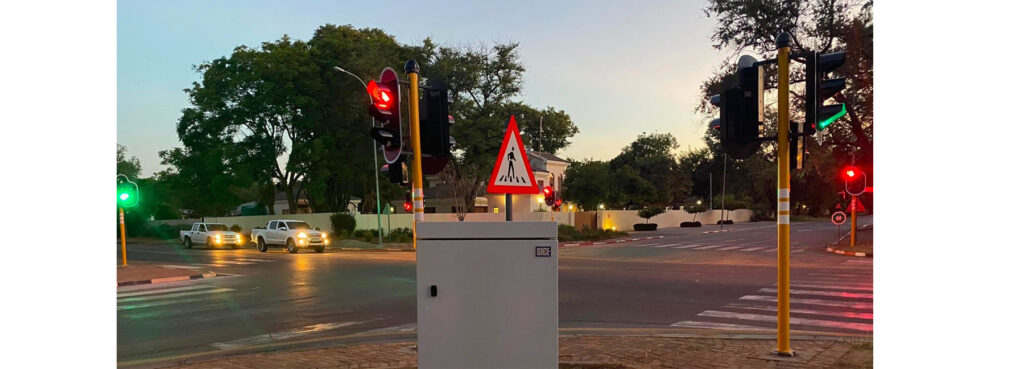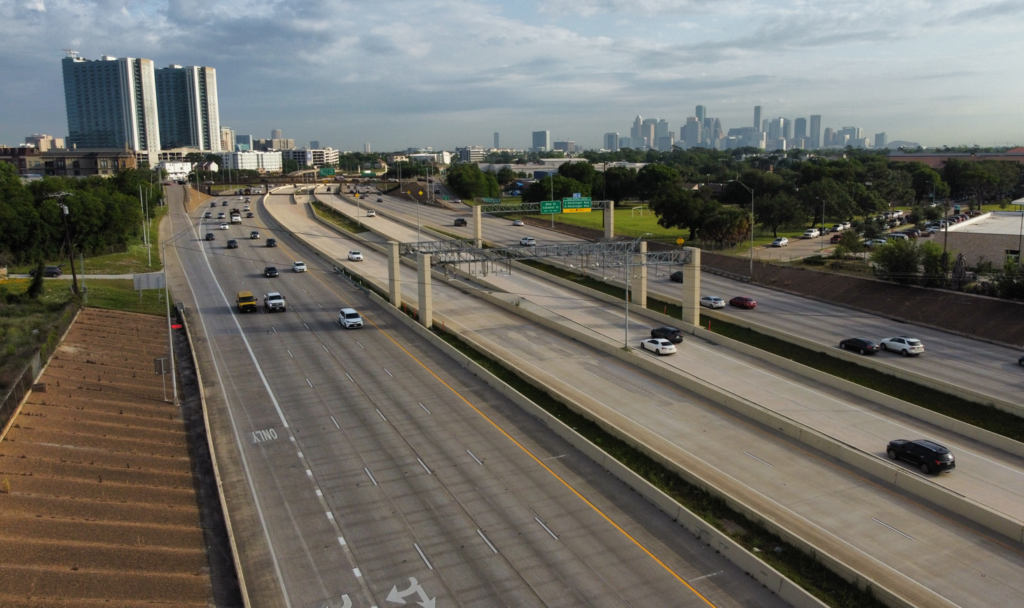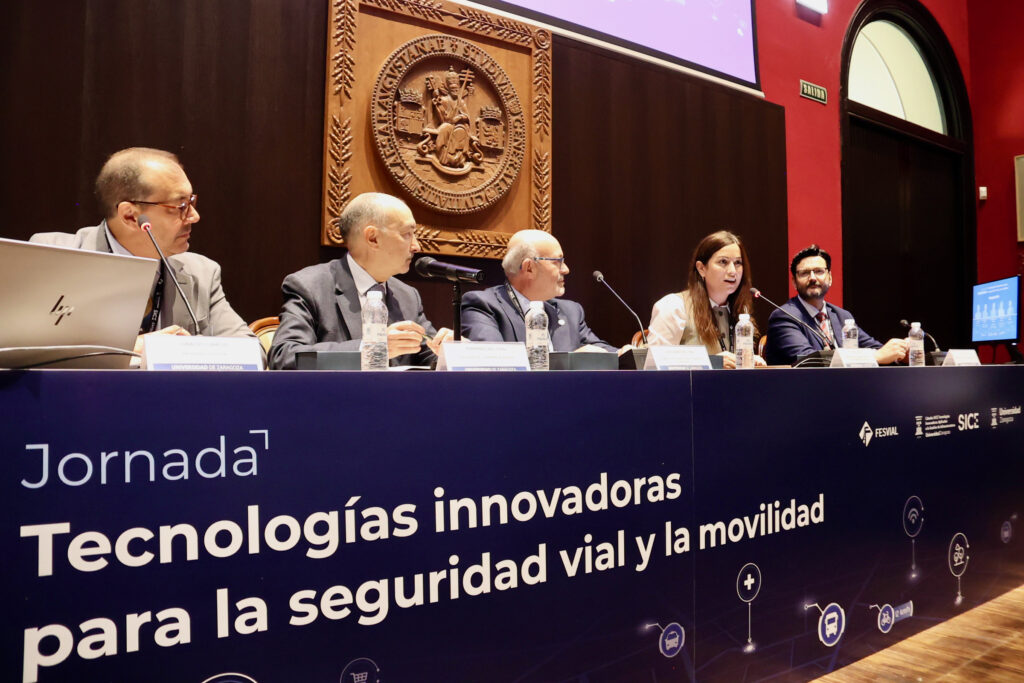In an effort to address the mobility and road safety issues that have arisen due to the rapid growth of the capital, the World Bank has financed a comprehensive project for the design, supply, installation, operation, and maintenance of a new traffic signaling system in Greater Gaborone. This ambitious project has been carried out in collaboration with the Ministry of Transport and Public Works of Botswana and the company SICE.

The project involves the implementation of an advanced traffic management system, centralized in a modern Control Center designed by SICE and equipped with the SIDERA Traffic software. This control center collects real-time traffic data through an extensive network of detectors distributed throughout the city, including vehicle detectors, automatic incident detection cameras, CCTV cameras, speed controls, and red-light enforcement systems.
Additionally, public transport priority systems and an innovative traffic simulation system have been implemented, allowing anticipation and management of future scenarios. This comprehensive solution has resulted in a significant improvement in traffic management at roads and intersections, as well as road safety. Since its implementation, travel times have been reduced by 60%, promoting the use of public transport and contributing to a significant reduction in pollutant emissions.
The results are already evident, with a considerable decrease in the number of accidents, reflecting significant improvements in the safety and comfort of urban road users.
With the construction and installation phase completed, the project now enters the operation and maintenance phase for all installed equipment and systems, including the maintenance of the Control Center building. The official inauguration of the Control Center is scheduled for June and will be presided over by the President of Botswana.
This project marks an important milestone in the modernization of Gaborone’s traffic infrastructure, positioning it as a city prepared to face the challenges of urban growth and mobility in the future.







